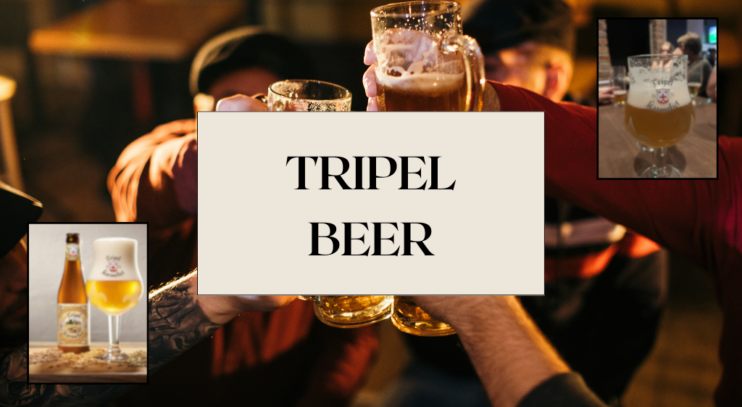If you are a beer lover like me, you know that every pint of craft beer is a story waiting to be savored, and each bottle holds a tale steeped in history and culture. In the vast realm of different styles, one stands out as a true marvel — the Tripel beer.
Hailing from the beer mecca of Belgium, this ale variety boasts a robust and intricate character, setting it apart from the rest. Today we’ll explore its origins, unique characteristics, the art of its brewing process, and the ultimate tips for enjoying it to the fullest.
Is it a regular beer?
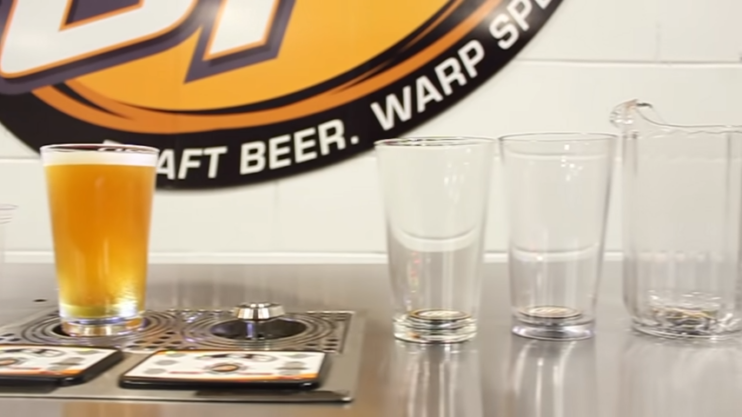
No, Tripel is not a regular beer. At its core, a Tripel beer is a specific potent type of Belgian ale, strikingly bold yet deceptively smooth. The first sip introduces you to a world of strong, intricate flavors – think sweetness reminiscent of ripe fruits, and a subtle hint of spice, all rounded off with a mildly bitter finish.
The name “Tripel” is steeped in brewing tradition. It likely emerged from the brewing practice of using up to three times the quantity of malt found in a standard Trappist “simple”. This significantly boosts the sugar concentration in the brew, which after fermentation results in a higher alcohol content.
Thus, the process manifests the beverage’s potent character while retaining its elegance, encapsulating Tripel’s allure.
Origin and History
Historically, the term “Tripel” is believed to have been first used by the Belgian Trappist Brewery, Westmalle, in the 1950s. However, it’s highly probable that the beer style itself existed long before this period.
The roots of the Tripel-style beer are intertwined with monastic brewing, with monks painstakingly developing and refining the recipe over generations. The evolution of this style didn’t stop within the confines of monastery walls.
As commercial breweries began exploring this style, the Tripel saw an upsurge in popularity that transcended Belgian borders. Today, breweries worldwide, from small-scale craft operations to large-scale commercial entities, brew their unique renditions of this iconic beer style.
What are its main characteristics?
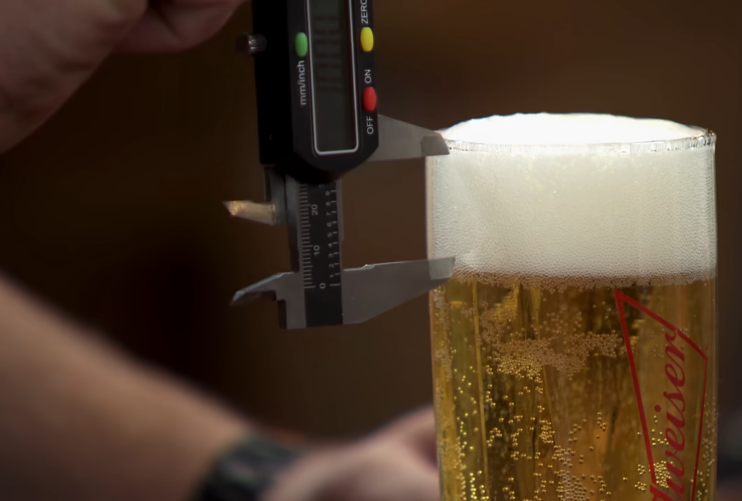
Every beer style is characterized by a specific set of attributes that include its appearance, aroma, flavor, and mouthfeel.
Appearance and Aroma
Visually, Tripels paint a captivating portrait. Typically, they are golden to deep yellow, with a certain haziness attributed to the yeast varieties used in brewing. The beer also exhibits a dense, creamy, and resilient head that not only adds a visual charm but also enhances the texture of every sip.
The Tripel’s olfactory profile is a complex layering of fruity and spicy notes, primarily derived from the yeast and hops used in the brewing process. Upon a closer sniff, you might discern a spectrum of scents – from banana and apple to pear, from clove to pepper, and other spices.
Flavor and Mouthfeel
The sensory exploration extends to the beer’s flavor, a nuanced interplay of various components. The overall profile is anchored in a sweetness brought about by malt and sugar, seamlessly balanced by a trace of moderate hop bitterness.
As you explore further, you might discover flavors that mirror the beer’s aroma – the fruity esters and spicy phenols derived from the yeast. In terms of texture, Tripels present a medium to full-bodied mouthfeel accompanied by high carbonation.
On the palate, the beverage feels creamy and rich, often finishing on a dry, slightly bitter note. The high alcohol content, characteristic of the style, is typically well-integrated, making the beer dangerously easy to drink. Let’s compare this beer to other types:
| Beer Type | Alcohol Content | Color | Flavor Profile | Carbonation | Country of Origin | Examples |
|---|---|---|---|---|---|---|
| Tripel | 7% – 10% | Golden | Fruity, Spicy, Complex | Moderate to High | Belgium | Westmalle Tripel, Chimay Cinq Cents, La Fin du Monde |
| Stout | 4% – 7% | Dark | Roasted, Coffee, Chocolate, Creamy | Low to Medium | Ireland, UK, USA | Guinness, Samuel Smith Oatmeal Stout, Founders Breakfast Stout |
| IPA (India Pale Ale) | 5% – 7% | Amber to Pale | Hoppy, Citrus, Bitter | Medium to High | England, USA | Sierra Nevada Pale Ale, Stone IPA, Dogfish Head 60 Minute IPA |
| Pilsner | 4% – 5% | Pale | Crisp, Bitter, Refreshing | High | Czech Republic, Germany | Pilsner Urquell, Bitburger Pilsner, Sierra Nevada Summerfest |
| Witbier | 4% – 5% | Hazy Pale | Citrus, Spicy, Light, Wheaty | High | Belgium | Hoegaarden, Blue Moon, Allagash White |
| Porter | 4% – 6% | Dark | Chocolate, Roasty, Malty | Low to Medium | UK, USA | Samuel Smith Taddy Porter, Founders Porter, Anchor Porter |
| Hefeweizen | 4% – 5% | Hazy Pale | Banana, Clove, Wheat | High | Germany | Paulaner Hefeweizen, Weihenstephaner Hefeweissbier, Erdinger Weissbier |
| Amber Ale | 4% – 6% | Amber | Malty, Caramel, Nutty | Medium | USA, UK | Fat Tire Amber Ale, Newcastle Brown Ale, Bell’s Amber Ale |
| Belgian Dubbel | 6% – 8% | Dark | Rich, Fruity, Caramel, Spicy | Medium to High | Belgium | Chimay Red, Westmalle Dubbel, St. Bernardus Pater 6 |
| Imperial Stout | 8% – 12% | Dark | Intense, Roasted, Chocolate, Coffee | Low to Medium | UK, USA | Founders KBS, Sierra Nevada Narwhal, Old Rasputin Imperial Stout |
Brewing Process
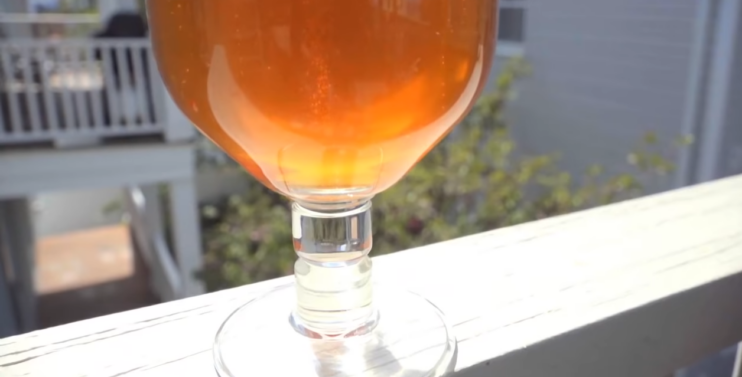
The alchemy of brewing transforms humble ingredients into a complex, flavorful brew.
Ingredients and Process
Like any beer, the primary ingredients in a Tripel are malted barley, hops, water, and yeast. But there’s a twist in the tale: brewing a Tripel often involves adding extra sugar during the brewing process. This added sugar is fully fermented, increasing the alcohol content without adding to its body, keeping the beverage deceptively light.
The choice of yeast strain plays a pivotal role in shaping Tripel’s character. Brewers typically use Belgian yeast strains, renowned for producing the desired fruity and spicy flavors.
The brewing process for a Tripel is generally more time-consuming and intricate than brewing standard beers, involving multiple fermentation stages and an extended maturation period, which allows the complex flavors to develop and meld.
Variations and Experimentation
While traditional Tripels adhere to a set of classic characteristics, the world of craft brewing thrives on creativity and experimentation. This ethos has led to many breweries adding their unique twists to the style – from using different grains and hop varieties to incorporating fruit additions or employing barrel-aging techniques.
This spirit of experimentation has given birth to a plethora of Tripel variations, each bringing its unique spin to the classic style. Consequently, the global beer market offers a wide range of Tripels, from traditional Belgian styles that adhere to old-world brewing techniques to innovative renditions that push the style’s boundaries.
Food Pairing

One of the joys of beer enjoyment lies in pairing it with the right food. The combination can enhance the flavors of both the beverage and the food.
Ideal Food Pairings
Given the complex flavor profile of this beverage, it pairs well with an array of dishes. The beer’s sweetness and fruity flavors provide an excellent counterpoint to spicy foods, while its high carbonation and dry finish can cut through the richness of fatty dishes.
For instance, spicy Asian dishes, robust cheeses, smoked meats, and rich, creamy desserts all complement its flavors wonderfully. Desserts like fruit tarts, crème brûlée, and banana bread go perfectly with it due to its fruity and spicy flavors.
This versatility in pairing underscores Tripel’s charm, enabling a harmonious interplay between the beer and the food that elevates the entire dining experience.
Pairing Tips
When attempting to pair a Tripel with food, it’s vital to consider the beer’s primary flavors. If your beer leans more towards the sweet side, consider pairing it with spicy food to create a balance. Conversely, if it is more bitter, pair it with rich, fatty dishes to counteract the richness.
A well-thought-out pairing does more than just complement the flavors of the beer and the food. It can reveal previously unnoticed flavors in both the beer and the dish, elevating the gastronomic experience to new heights.
How to serve it?
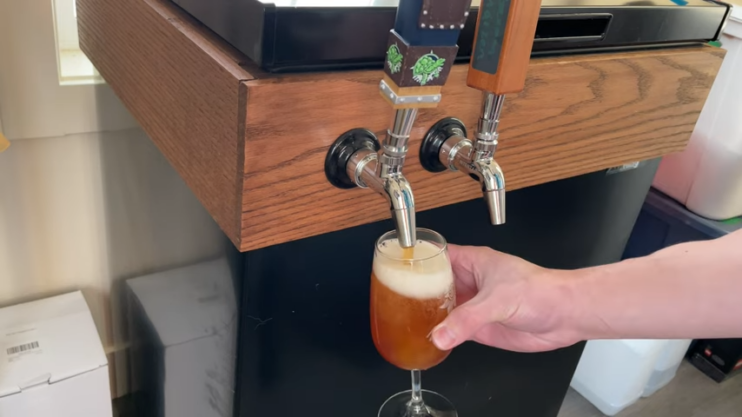
To enhance the beer’s aromatic characteristics, a Tripel should ideally be served in a goblet or chalice-shaped glass. The ideal serving temperature is around 45-50°F (7-10°C). This ensures that the beer is not too cold, as an overly chilled one could mask the complexity of the flavors.
FAQs:

Is there a difference between Tripel and Trappist beers?
Yes, while Tripel is a style, Trappist refers to beers brewed within Trappist monasteries that follow strict criteria.
How do I store this drink for aging?
Store it upright in a cool, dark place, away from light and temperature fluctuations.
Can I brew it at home?
Yes, homebrewers can craft their own Tripel beer, but it requires precise techniques and attention to detail.
Are there non-alcoholic versions?
Non-alcoholic versions of Tripel beer are rare due to the style’s strong alcoholic nature.
Can I find organic or gluten-free Tripel beers?
While organic versions are available in some markets, gluten-free versions are less common due to the style’s traditional ingredients.
Final Thoughts

All in all, fellow beer lovers, as we reach the bottom of our Tripel beer journey, let’s raise our glasses in a toast to the incredible world of craft beer. This beverage, with its rich history, intricate flavors, and global reverence, truly embodies the artistry and passion that goes into brewing exceptional beverages.
From the Belgian breweries that have perfected this style over centuries to the innovative craft brewers pushing the boundaries, we can appreciate the dedication and creativity that bring this unique beverage to life. And speaking of variety, let’s take a moment to explore the distinctions between Pilsner and Lager. Pilsner, known for its crispness and refreshing character, stands as a testament to precision brewing, while Lager, with its diverse styles and regional variations, offers a world of flavor waiting to be discovered.
As you venture into your future beer-tasting adventures, I hope this comprehensive guide has provided you with valuable information to appreciate not only Tripels but also the nuances of Pilsner and Lager. Remember to savor each sip, as every bottle carries a story worth exploring, and every pint is an invitation to immerse ourselves in the rich beer culture.

